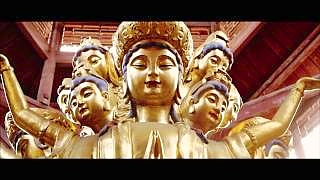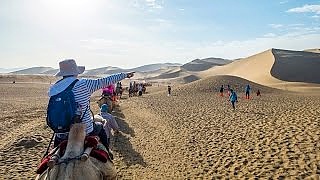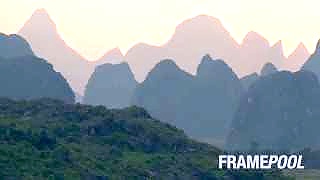
|
With EpicGlobe Walks ...
Visitor Guide to the Longji Dragon’s Backbone Rice Terraces
Introduction
The Longji Dragon’s Backbone Rice Terraces, Longsheng County, Guangxi Province, are one of the most breathtaking agricultural landscapes in the world. These terraces, which resemble a dragon’s scales, were first built during the Yuan Dynasty (1271–1368) and have been maintained by the local Zhuang and Yao communities for centuries. The terraces are a testament to human ingenuity and harmony with nature.
Best Time to Visit
The Longji Rice Terraces are stunning year-round, but the best times to visit are:
Spring (April–May): The terraces are filled with water, creating a mirror-like effect that reflects the sky and surrounding mountains.
Summer (June–August): The rice paddies are lush and green, offering a vibrant landscape.
Autumn (September–October): The rice turns golden, creating a warm, picturesque scene.
Winter (November–February): The terraces are sometimes covered in snow, offering a serene and unique view.
How to Get There
The Longji Rice Terraces are approximately 100 kilometers from Guilin. Here’s how to reach them:
By Bus: Take a bus from Guilin Bus Station to Longsheng (about 2 hours). From Longsheng, transfer to a local bus or taxi to the terraces (another 1 hour).
By Private Car: Hiring a private car or taxi from Guilin is a convenient option and takes about 2.5 hours.
By Tour: Many tour operators in Guilin offer day trips to the terraces, including transportation and guided tours.
Main Attractions
1. Ping’an Terraces
The Ping’an Terraces are the most accessible and popular section of the Longji Rice Terraces. Highlights include:
Seven Stars with Moon: A cluster of seven small rice paddies surrounding a larger one, resembling stars and the moon.
Nine Dragons and Five Tigers: A scenic spot where the terraces resemble dragons and tigers.
2. Jinkeng Terraces
The Jinkeng Terraces are less crowded and offer stunning views. Key spots include:
Golden Buddha Peak: The highest point in the area, offering panoramic views of the terraces.
Yao Minority Villages: Visit the traditional villages of the Yao people, known for their long hair customs.
Activities
Hiking: Explore the terraces on foot via well-marked trails. Popular routes include Ping’an to Jinkeng and vice versa.
Photography: Capture the stunning landscapes, especially during sunrise and sunset.
Cultural Experiences: Visit local villages to learn about the Zhuang and Yao cultures, including traditional dances and handicrafts.
Tips for Visitors
Wear Comfortable Shoes: The terrain is hilly and uneven, so sturdy footwear is essential.
Bring Layers: The weather can change quickly, especially at higher elevations.
Stay Hydrated: Carry water, especially if you plan to hike.
Respect Local Customs: Be mindful of the local cultures and traditions.
Cash is King: Many local vendors and small businesses do not accept credit cards.
Where to Stay
There are several accommodation options near the terraces, ranging from guesthouses to boutique hotels. Popular choices include:
Ping’an Village: Offers a range of guesthouses with stunning terrace views.
Dazhai Village: Known for its Yao culture and cozy lodgings.
Conclusion
The Longji Dragon’s Backbone Rice Terraces are a must-visit destination for nature lovers, photographers, and cultural enthusiasts. Whether you’re hiking through the terraces, learning about local traditions, or simply soaking in the breathtaking views, this UNESCO World Heritage Site promises an unforgettable experience.
|
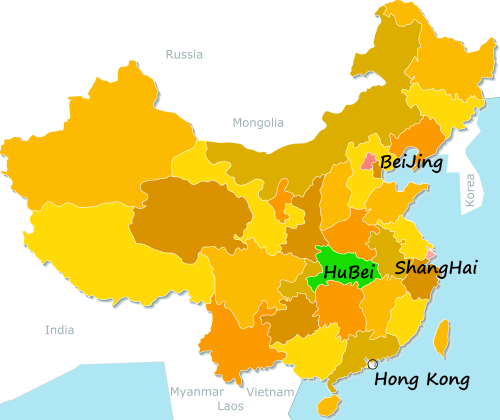
 The world’s highest bridge
The world’s highest bridge


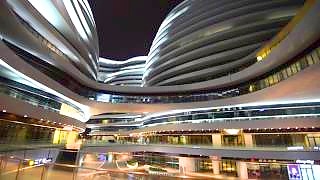



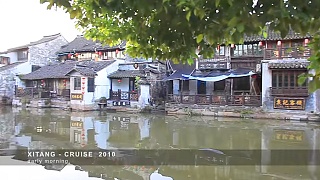

![[May 15th 2017] Heat-wave ahead ! Summer is hotting up in BeiJing this week - into the high 30s C (90s F in old money). Keep cool (keep hydrated), be cool (sensible, giving and creative), keep in touch (we love your feedback and input), and above all - love life (live more; BE love) ... Like our site ? - help us with a donation. Something to share ? - your own film or something you like - let us know ! To have and to be - huh ? The two big verbs - to have and to be ... Thinking through this seemingly abstract concept could change your life, for the better. Two very different ways to live; or rather - really live or not really live. To have is good, to a point; but can be a holding onto more than we really need, and a baggage of the past dragged into the future that prevents us living in the real now. For what we `have` is not just physical stuff - it is also the clutter and beliefs in our mind. To be, is to live, free of the past and all that we `have` (and `know`). Live more ... be more ... Listen less (to others and beliefs), and look more (and think more, based on what is, not on what you have heard). Someone once said that to love is much better than to be loved; to give so much better than to receive (have); and so it is with to have and to be ... To be is the way. Everything taken, comes to an end. Everything given ripples through time for an eternity. To ask for nothing, and give all - that is love. To be, not to have. ~~~ You might like to read Erich Fromm`s To Have or To Be, and The Art of Love, which also explore this concept, and is essentially what the Buddha told us. Easy read; concise and potent. Also good reading : Jiddhu Krishnamurthi - for example, Commentaries on Living (three easy read volumes), and Alan Watts - for example, The Way of Zen. Blue sky BeiJing 北京](https://www.beijingbuzzz.com/bb146.jpg)
